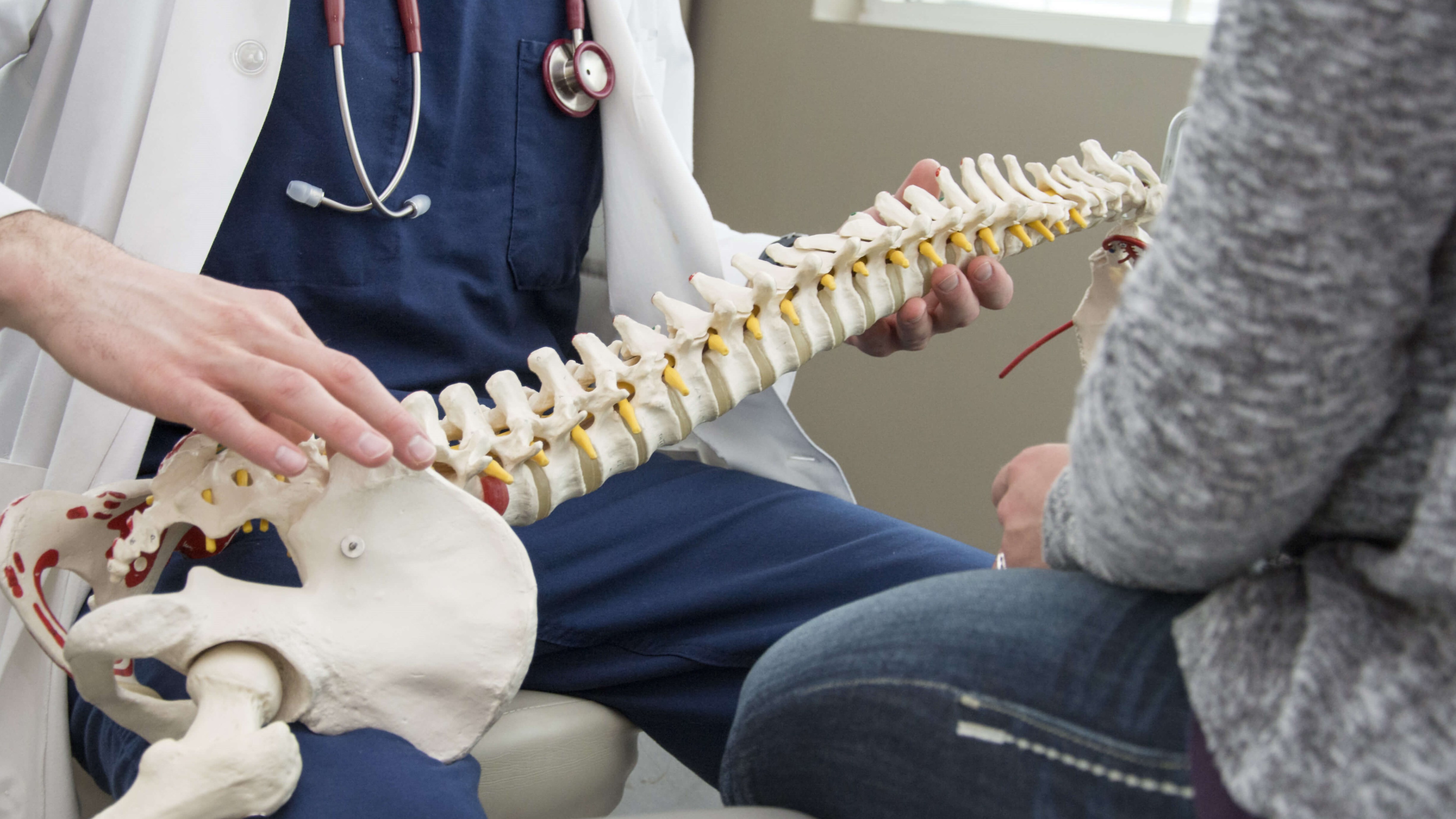Your Neck, Your Back, Your Joints, and Whether They Should Crack
&srotate=0)
The Pros, Cons, and Myths of Cracking Your Joints
There is much discussion on whether it is detrimental or beneficial to crack your back, neck, or joints. While some individuals think that cracking your joints can lead to arthritis, others believe it is a safe technique to relieve stress and pain. Let’s examine the potential advantages and risks of joint cracking while debunking the notion that it causes arthritis.
Does Cracking Joints Lead to Arthritis? Debunking the Common Myth
One of the main reasons that people believe that cracking your joints causes arthritis is because cracking and popping sounds are often associated with the condition. Arthritis is a common condition that affects the joints and is characterized by inflammation and pain. People with arthritis often experience stiffness and difficulty moving their joints, which can lead to the production of similar sounds.
However, just because cracking joints is associated with arthritis does not mean that it causes it. In fact, research has shown that there is no clear link between cracking joints and arthritis and that people who crack their joints regularly do not have a higher risk of developing arthritis than those who do not.
The Benefits of Cracking Your Joints
While there is no evidence that cracking your joints causes arthritis, there are several potential benefits to cracking your joints. For one, cracking your joints can help to relieve pain and built-up tension in the affected area. This is because when you crack a joint, the pressure inside the joint is released in the form of nitrogen and carbon dioxide bubbles, which can help to reduce inflammation and discomfort.
Additionally, cracking your joints can help to improve mobility and range of motion. This is because when you crack a joint, the cartilage inside the joint is temporarily stretched, which can help to lubricate the joint and improve its function.
Another potential benefit of cracking your joints is that it can help to relieve stress and tension. Cracking your joints can promote the release of endorphins, which are chemicals in the brain that can help to reduce pain and improve mood.
The Risks of Cracking Your Joints
While there are potential benefits to cracking your joints, it is important to be aware of the risks as well. One of the main risks of cracking your joints is that applying the pressure necessary to produce a “pop” can cause damage to the cartilage and ligaments in the joint. This can lead to a loss of joint function and increased pain and discomfort.
Additionally, cracking your joints can also lead to muscle and soft tissue injuries. When you crack a joint, the surrounding muscles and soft tissues can be stretched or torn, which can lead to pain and inflammation.
Finally, cracking your joints can also lead to joint instability. When you crack a joint, the ligaments and muscles that support the joint can be stretched or torn, which can lead to instability and increased risk of injury.
The Verdict
In conclusion, while there is no clear link between cracking joints and arthritis, it is important to be aware of the potential benefits and risks of cracking your joints. Remember that cracking your joints too often can cause damage to the cartilage, ligaments, and muscles, and can lead to joint instability, so always be careful and consult with a specialist before proceeding with any self-treatment.
If you are experiencing pain or discomfort in your joints, Ospina Medical is happy to help you determine and pursue the best course of treatment. Book your initial consultation with Dr. Raj Maniam or Dr. Matthew Kohler to get started on your pain relief journey!
Author: Camden Rowe
This content was in-part written by OpenAI's ChatGPT and ultimately reviewed, edited, and approved for publication by Ospina Medical's blog manager.